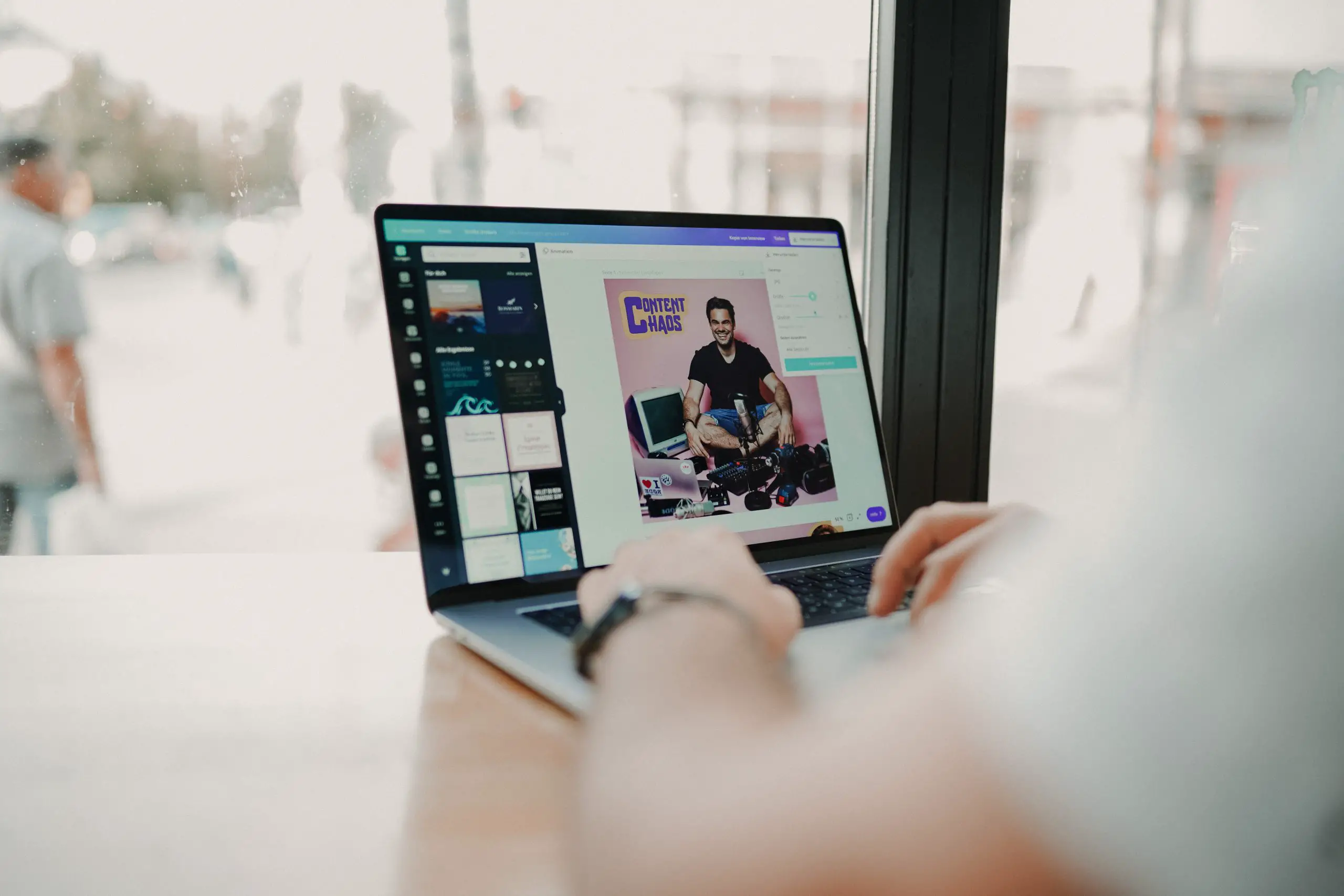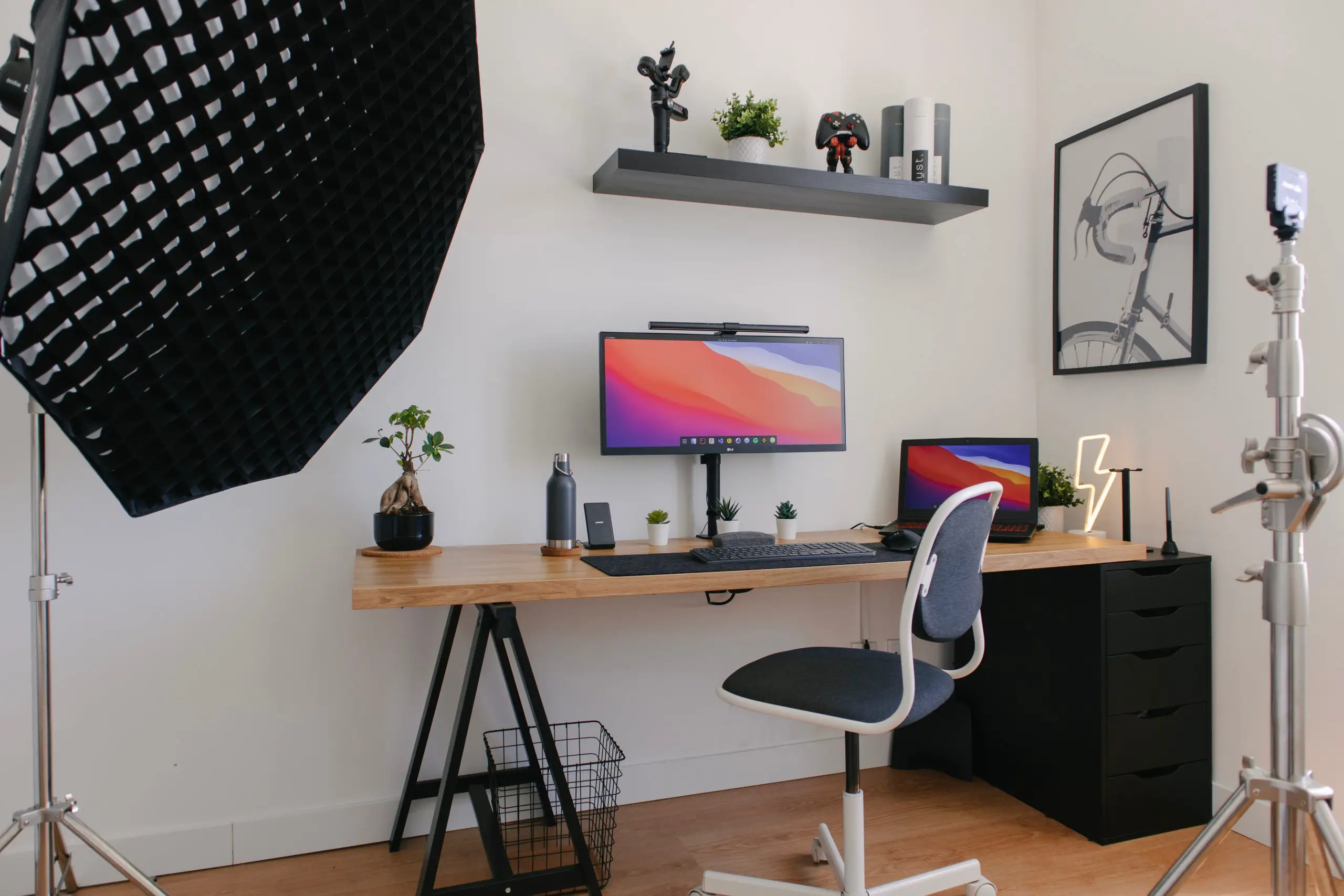How to Create Quality Content in 2022
The most crucial element of a website is its content. Content engages users and retains them on your page so they may keep pursuing your product line or reading about your business. In this post, you will find out how to create quality content for your website. Keep reading!
When the home page contains an excessive number of unhelpful features that divert users from their intended path, things can go wrong in a big way.
How to Create Quality Content


Create quality content
Creating quality content is also a way of optimizing the on-page factors of your site. Not only does Google rank sites with quality contents high, quality content also brings about conversions. So in essence, when you create great content, you are also indirectly optimizing other factors of your website.
Here are some useful tips on creating content for your website if you don’t know where to begin;
Be concise and pick your words carefully
To grab the attention of your audience and hold their interest long enough for them to stick around and learn more about what you have to offer, keep all of your content pertinent and use just the appropriate phrases in the appropriate context. In order to avoid misleading readers who are looking for precise information, make every word count and stay away from generalisations. The titles of product pages, story headlines, and other similar language should all reflect this, in particular.
You may come up with interesting methods to showcase this information through targeted headlines, tags, meta descriptions, etc. by thinking about how someone might search for something associated with what you’re trying to offer.
Use numbers and lists
It is simpler for readers to understand and navigate to another page if they are interested in learning more about what you have to offer when critical information is clearly separated, such as pricing, product names, and other relevant data, in a numbered or bulleted format.
Maintain a casual tone and write as though you were interacting with your target consumers personally
Instead of describing features, use phrases that describe benefits. Benefits are explanations for why someone should purchase from you rather than go elsewhere where they can do it for less money. Although features are essential components of your goods or services, not everyone will find them useful in every situation. For instance, instead of saying “We produce our own computer cases in the UK, and they come with a lifetime warranty,” say “Our hand-crafted computer cases are 100% made by UK workers and inspected before they’re shipped.
Avoid using industry jargons
This is because some people may not understand what they are. Stick to vocabulary that can successfully explain your idea without using any words that can be unclear or deceptive because it’s preferable not to presume that everyone has an exact definition of each word.
Assume that everyone reading the content on your website is completely unfamiliar with your company and its sector. Use as little acronyms and jargons as you can to keep everything as straightforward as possible.
It’s ideal to avoid using jargons because it tends to make things harder to grasp, especially for individuals who aren’t very familiar with what you do or the goods or services you provide.
When writing lengthy text or informational blocks, use lists
Lists tend to divide information apart and make it easier to scan, which makes it easier for visitors to locate what they’re looking for quickly and encourages them to click on links to find out more about particular goods or services you provide.
Use concise language to make material easy to understand.
Long paragraphs are intimidating; shorter paragraphs are considerably easier on the eyes, especially when there is a lot of content on a single page.
Credit those who deserve it
When appropriate, link to other comparable websites; but, avoid doing so just to obtain links that point back to your website.
Use clear text formatting to make it easier To Read
By structuring information in a balanced and straightforward way, it helps readers quickly browse through blocks of content.
Provide a method of communication and contact information
Let them know who you are and how they may reach you, but exercise caution because many individuals are reluctant to share their personal information, such as phone numbers or email addresses, without first verifying the recipient. This is why it is important to build trust with your audience. People will only willingly give out their details to those they trust to provide them with what they need.
Conclusion
It is the end product of a content that justifies the content. Like they say, the end justifies the means. Say for instance, your content was aimed at getting your users’ emails, you will have to make content that will appeal to them in that sense. And if you made content to share your experience after trying a new recipe, you’d have to list out a step by step process, following the recipe. It all comes down to what we want from our content, and how to give our readers what they want from our content.
Creating quality content may not be as easy as it sounds, but it is possible. Give users the answers they seek, and they will keep coming back.
So, that is it for how to create quality content. Comments? You know how it goes!








